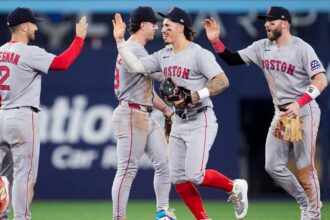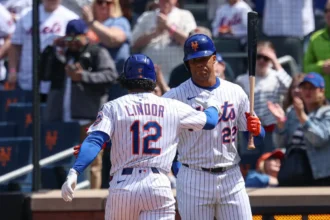In a move that underscores the Boston Red Sox’s continuing efforts to reshape and optimize their roster, the team traded right-handed pitching prospect Luis Guerrero to the Tampa Bay Rays on Tuesday in exchange for infielder Tristan Gray. This transaction marks a notable shift for both organizations, as each aims to address immediate roster needs while also keeping an eye on long-term player development.
Luis Guerrero, a 25-year-old right-hander, had been on Boston’s radar as a potential high-upside arm within their minor league system. Known for his power fastball and strikeout capabilities, Guerrero initially drew attention for his electric velocity, which regularly sits in the upper 90s and occasionally touches triple digits. Boston originally designated Guerrero for assignment on November 6, signaling that he was at risk of being removed from the 40-man roster. This move allowed the Red Sox flexibility while evaluating their pitching depth, particularly in the upper minors. Guerrero cleared waivers on November 13 and was outrighted to Triple-A Worcester, giving Boston the opportunity to retain him within the organization without occupying a 40-man roster spot. Despite being a talented arm, the Red Sox evidently concluded that Guerrero’s future contributions would be better leveraged as part of a trade package rather than a centerpiece of their pitching rotation.
The Tampa Bay Rays, known for their keen ability to identify pitching talent and maximize value, clearly saw potential in Guerrero. The Rays have a long history of taking pitchers with high upside and refining their mechanics and usage patterns to extract maximum performance. For Guerrero, this trade offers a fresh opportunity to develop within a system that has repeatedly produced successful major league pitchers from similar backgrounds. Boston, in return, received 29-year-old infielder Tristan Gray, a player with experience across multiple organizations and versatility in the infield, providing immediate roster flexibility.

Gray, a left-handed hitter, appeared in 30 games for the Rays during the 2025 season. While his numbers were modest, they offered a glimpse into his potential contributions at the major league level. Over 86 plate appearances, Gray posted a batting average of .231, an on-base percentage of .282, and a slugging percentage of .410, culminating in a .693 OPS. During this span, he hit three home runs and collected five doubles, demonstrating some pop in his bat and situational hitting capabilities. Gray’s ability to play multiple infield positions enhances his value for a team like Boston, which has shown interest in players who can contribute both offensively and defensively across several spots. Since making his major league debut in 2023, Gray has played a total of 47 games, splitting time between the Athletics, Marlins, and Rays. Notably, he has logged starts at all four infield positions, giving the Red Sox a flexible option to plug into their lineup or provide depth in case of injuries.
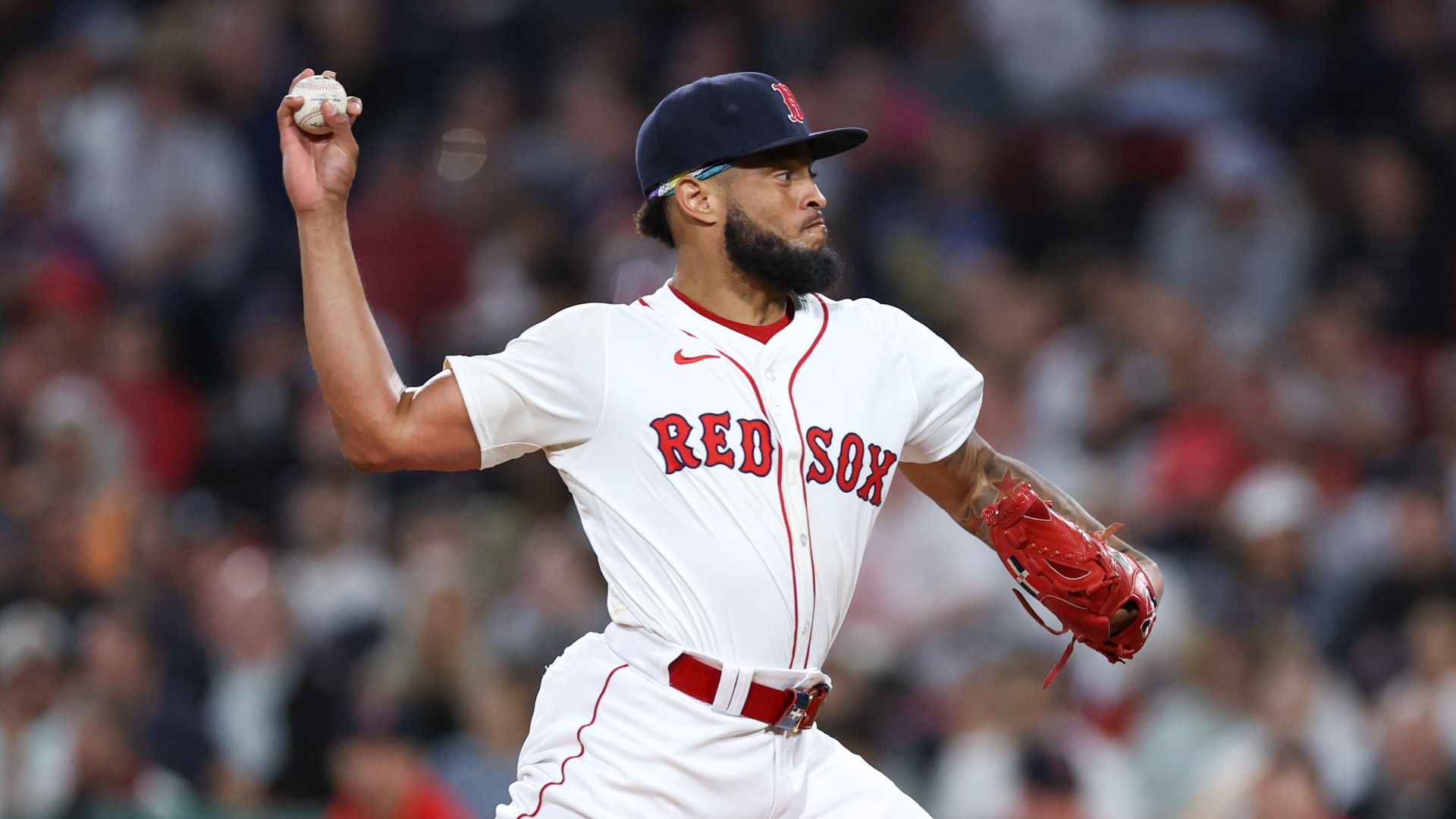
To make room on the 40-man roster for Gray, Boston designated first baseman Nathaniel Lowe for assignment. Lowe, a 30-year-old veteran, appeared in 34 games for the Red Sox in 2025 after signing a major league deal on August 18. He had been expected to be non-tendered ahead of the league’s non-tender deadline, and the designation for assignment simply accelerated that process. Lowe’s stint with Boston, though brief, allowed him to showcase his abilities at the major league level. However, his performance did not warrant a permanent spot on the Red Sox’s roster given the team’s broader strategic goals. The DFA allows Lowe the opportunity to be claimed by another team or, if he clears waivers, to explore free agency and potentially sign elsewhere.
This transaction reflects a broader strategy by the Red Sox front office as it navigates roster construction in a competitive American League East landscape. The team is actively balancing the development of younger, high-upside talent like Guerrero with the acquisition of more established and versatile major league players such as Gray. By trading Guerrero, Boston not only gains a player who can immediately contribute but also opens a pathway for other young pitchers within the system to rise in the organizational pecking order. This type of calculated risk is emblematic of Boston’s approach in recent seasons, where the front office has demonstrated a willingness to make tough roster decisions in pursuit of both short-term competitiveness and long-term sustainability.

Gray’s arrival also addresses some immediate concerns for Boston. Versatility has become a premium in the modern game, and Gray’s ability to play across the infield provides a valuable roster cushion. Injuries and slumps are inevitable over the course of a 162-game season, and having a player who can step in at multiple positions reduces the need for constant roster shuffling or reactive moves in the trade market. Additionally, Gray’s left-handed bat adds balance to a lineup that can sometimes lean heavily toward right-handed hitters, offering Boston additional matchup flexibility against opposing pitching.
From a developmental standpoint, Guerrero’s departure is not necessarily a loss for Boston but rather an acknowledgment of the organization’s depth and the potential trajectory of his career. While his fastball and strikeout potential make him an intriguing talent, Boston evidently calculated that his path to meaningful major league innings might be blocked by other arms in the system or that the return of a versatile infielder would have more immediate strategic value. For the Rays, Guerrero represents a projectable asset who could, with proper guidance and opportunity, contribute at a high level over the next several seasons.
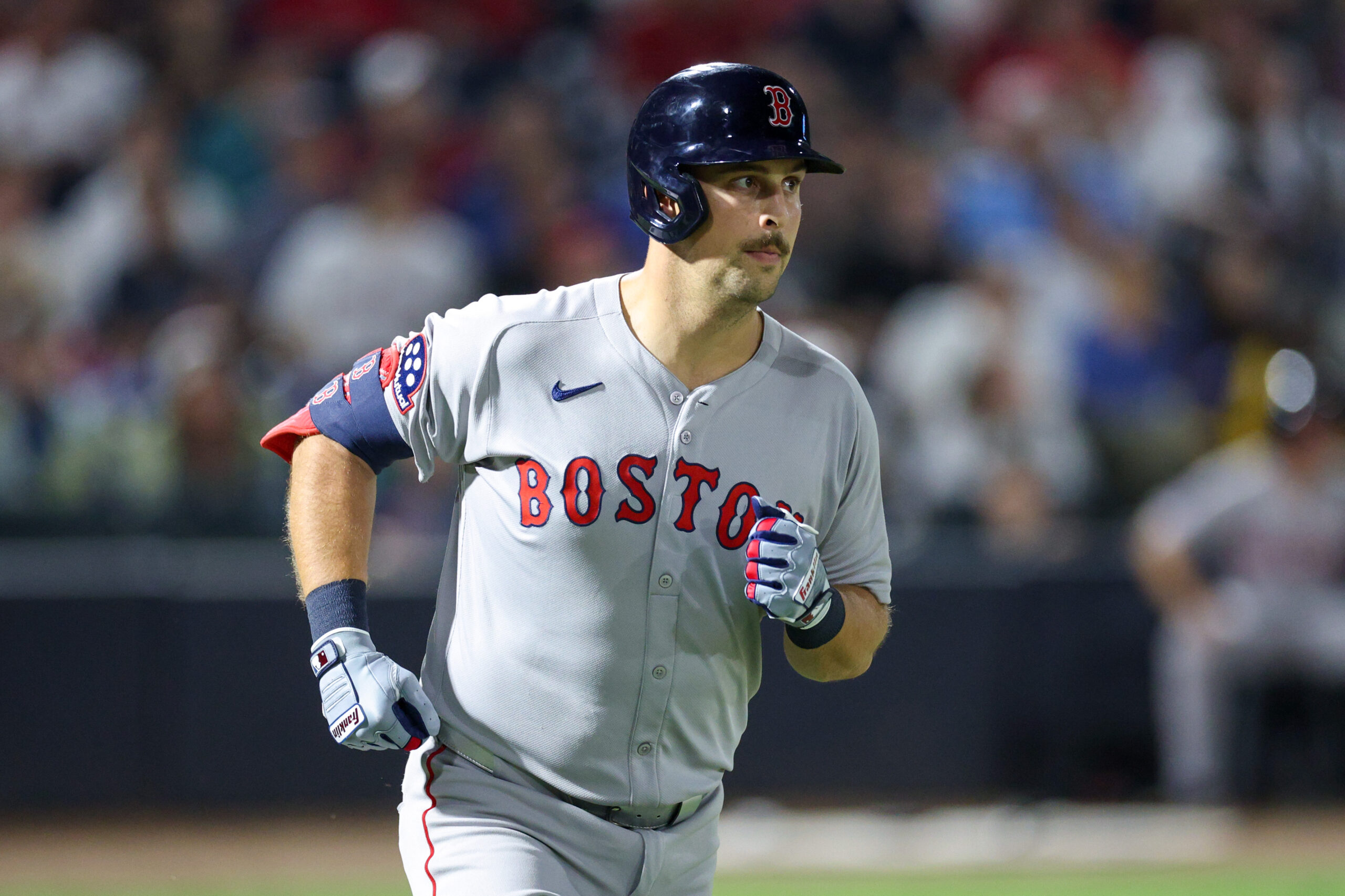
Nathaniel Lowe’s designation for assignment closes another chapter in Boston’s 2025 season narrative. Signing with the Red Sox in mid-August, Lowe was seen as a depth option at first base during the final stretch of the season. Despite flashes of competence at the plate and solid defensive work, his brief tenure with the team was insufficient to secure a long-term roster spot. Lowe’s situation underscores the precarious nature of fringe major league players, whose roster status can fluctuate rapidly depending on organizational needs and the acquisition of new talent. His DFA now gives both Lowe and the Red Sox flexibility: Lowe can explore opportunities with other teams that might need a left-handed bat or first-base depth, while Boston gains clarity and additional room on the 40-man roster.
This trade also fits into a larger trend of roster shuffling for the Red Sox over the past few seasons. The organization has been proactive in evaluating talent and making moves that balance short-term competitiveness with long-term potential. In addition to traditional player acquisitions, Boston has increasingly focused on identifying players who bring positional flexibility, offensive balance, and the ability to contribute in multiple roles. Gray fits that mold, offering the Red Sox a utility piece capable of stepping in wherever needed, while Guerrero, though a talented pitcher, was arguably less essential given the depth in Boston’s minor league pitching ranks.
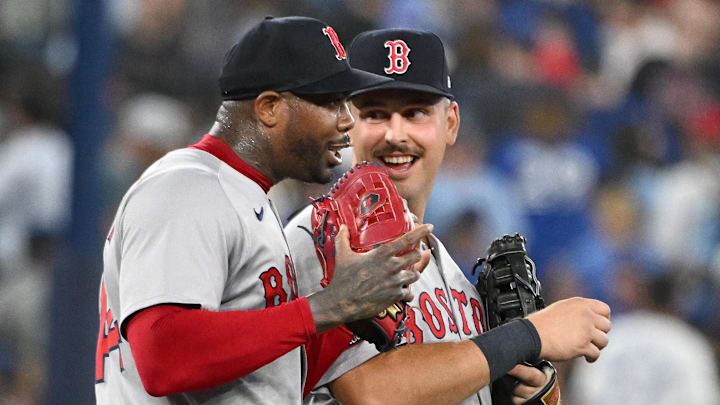
Another layer to consider is the timing of the transaction. By executing this trade in November, Boston ensures that Gray is integrated into the organization ahead of the 2026 season and can participate fully in offseason programs, spring training, and organizational development initiatives. Conversely, the Rays gain a young pitcher in Guerrero at a stage where they can mold him to their preferences, making this a strategic win-win scenario for both teams. Timing is particularly crucial as teams look to navigate roster constraints, free agency, and arbitration considerations during the offseason.
Looking more broadly at Gray’s career, it is clear that he has had to navigate a circuitous path through several organizations before arriving in Boston. From his initial major league exposure with the Athletics to subsequent appearances with the Marlins and Rays, Gray has displayed resilience and adaptability, traits that the Red Sox likely found appealing. His ability to start at multiple infield positions demonstrates a strong defensive acumen and understanding of game situations, and his left-handed swing provides additional strategic flexibility for Boston. While his offensive numbers have not yet reached star levels, his situational hitting, experience against major league pitching, and capacity to handle multiple defensive roles make him a valuable addition to the roster, particularly in a utility or bench capacity.

Meanwhile, Guerrero’s journey in Boston underscores the challenges and volatility inherent in the development of young pitching talent. Fastball velocity and raw strikeout ability often draw initial attention, but consistent command, secondary pitch development, and the ability to adapt to major league hitters ultimately determine a pitcher’s long-term success. By moving Guerrero to Tampa Bay, Boston effectively hedges its bets, obtaining a more immediately serviceable player in Gray while allowing Guerrero to pursue opportunities in a system that has a track record of nurturing high-velocity arms.
Financial considerations may also have played a role in this transaction. While neither player commands a high-profile contract, Boston’s roster management includes considerations of arbitration eligibility, service time, and future payroll flexibility. Gray, as a 29-year-old with limited major league service time, likely provides cost certainty and team control, whereas Lowe’s DFA opens potential avenues for roster management and salary considerations moving into the offseason.
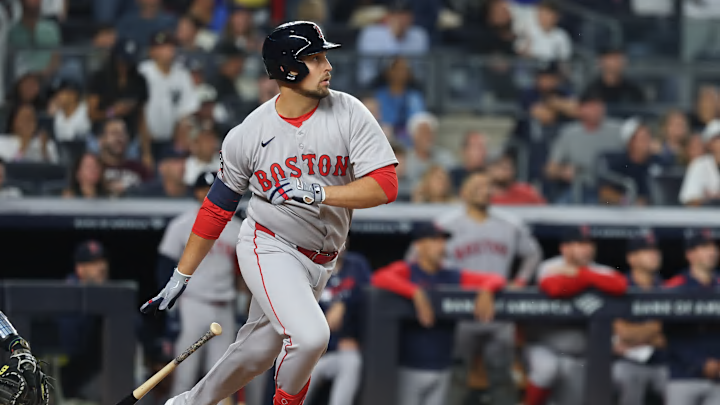
Ultimately, this trade is emblematic of Boston’s strategic approach to roster construction, which balances immediate needs, versatility, and player development. By trading Guerrero for Gray and designating Lowe for assignment, the Red Sox have reshaped their 40-man roster to better reflect organizational priorities. Gray offers flexibility, a left-handed bat, and defensive versatility, while Guerrero gains a fresh opportunity to develop in a new system. Lowe now has the freedom to pursue other major league opportunities.
In the context of the American League East, every roster move carries significance. Boston is competing in a division that features formidable pitching staffs and deep lineups, and the ability to maintain flexibility, add utility options, and develop young arms is critical to staying competitive. Gray’s addition enhances Boston’s depth and provides insurance against injuries, while the trade of Guerrero reflects the team’s forward-looking philosophy on pitching development and roster management.
From a fan perspective, these moves may not make headlines like a blockbuster free-agent signing, but they are essential in the incremental building of a sustainable, competitive roster. Gray may not be a household name yet, but his ability to play multiple positions and provide moderate offensive production makes him a quietly impactful acquisition. Guerrero, on the other hand, represents potential upside that the Rays are betting on, with the hope that his electric arm can be translated into meaningful innings at the major league level. Lowe’s departure, while marking the end of his short stint with Boston, is a reminder of the often transient nature of major league careers and the constant roster evaluation teams must undertake.
In summary, Tuesday’s transaction between the Boston Red Sox and Tampa Bay Rays represents a classic example of baseball roster management in action. Boston trades a young, hard-throwing pitching prospect, Luis Guerrero, to acquire a versatile, experienced infielder, Tristan Gray. To make room for Gray, the Red Sox designated Nathaniel Lowe for assignment, signaling an organizational decision that prioritizes versatility, immediate roster contribution, and strategic flexibility. For Guerrero, this trade provides a new environment to hone his skills, while Gray gains the opportunity to carve out a role with a contending team in Boston. Lowe’s future remains uncertain, but his DFA allows him to seek new opportunities elsewhere. Collectively, these moves illustrate the dynamic, multi-layered process of building and managing a major league roster, balancing player development, immediate competitiveness, and strategic foresight.


